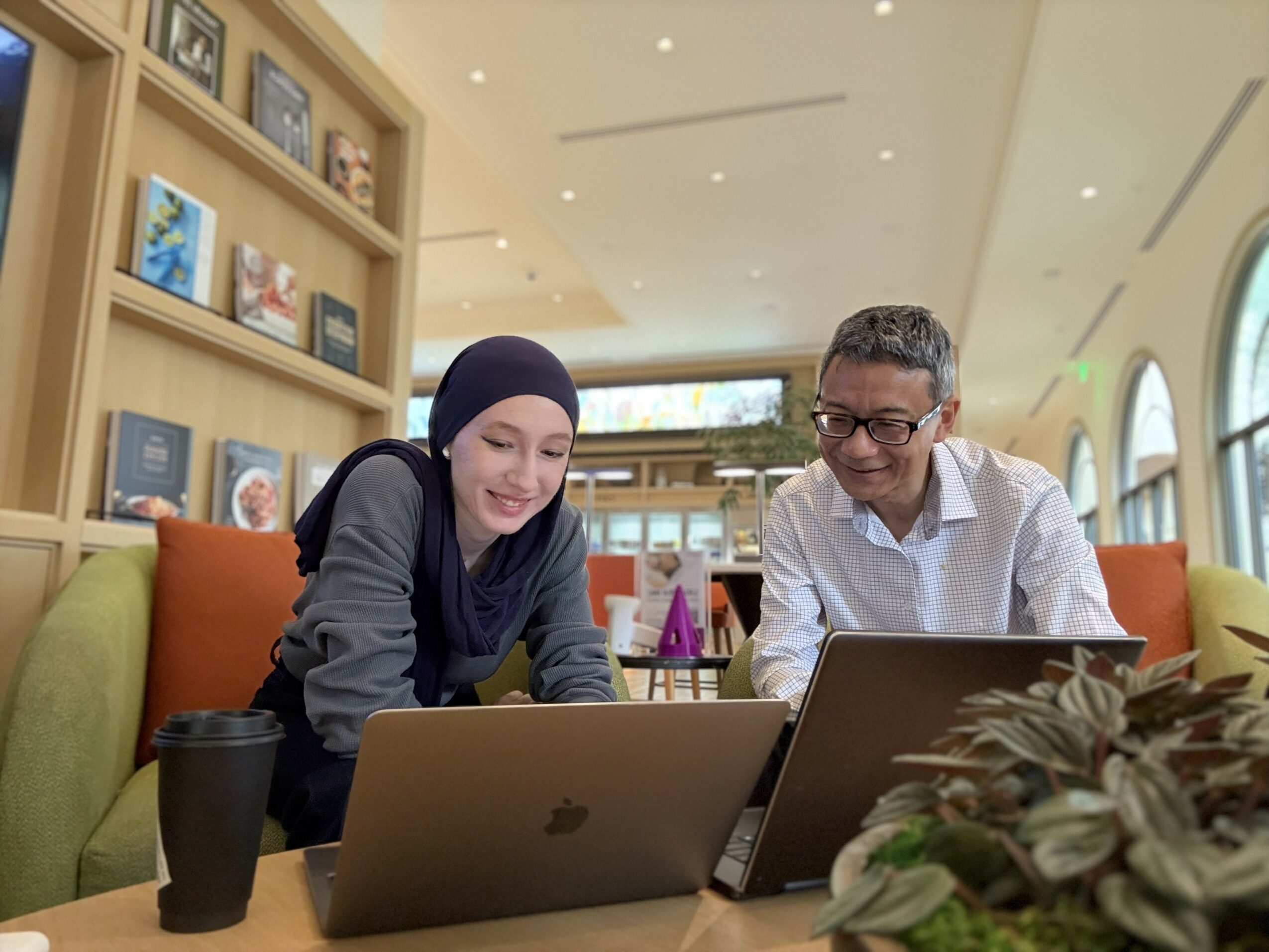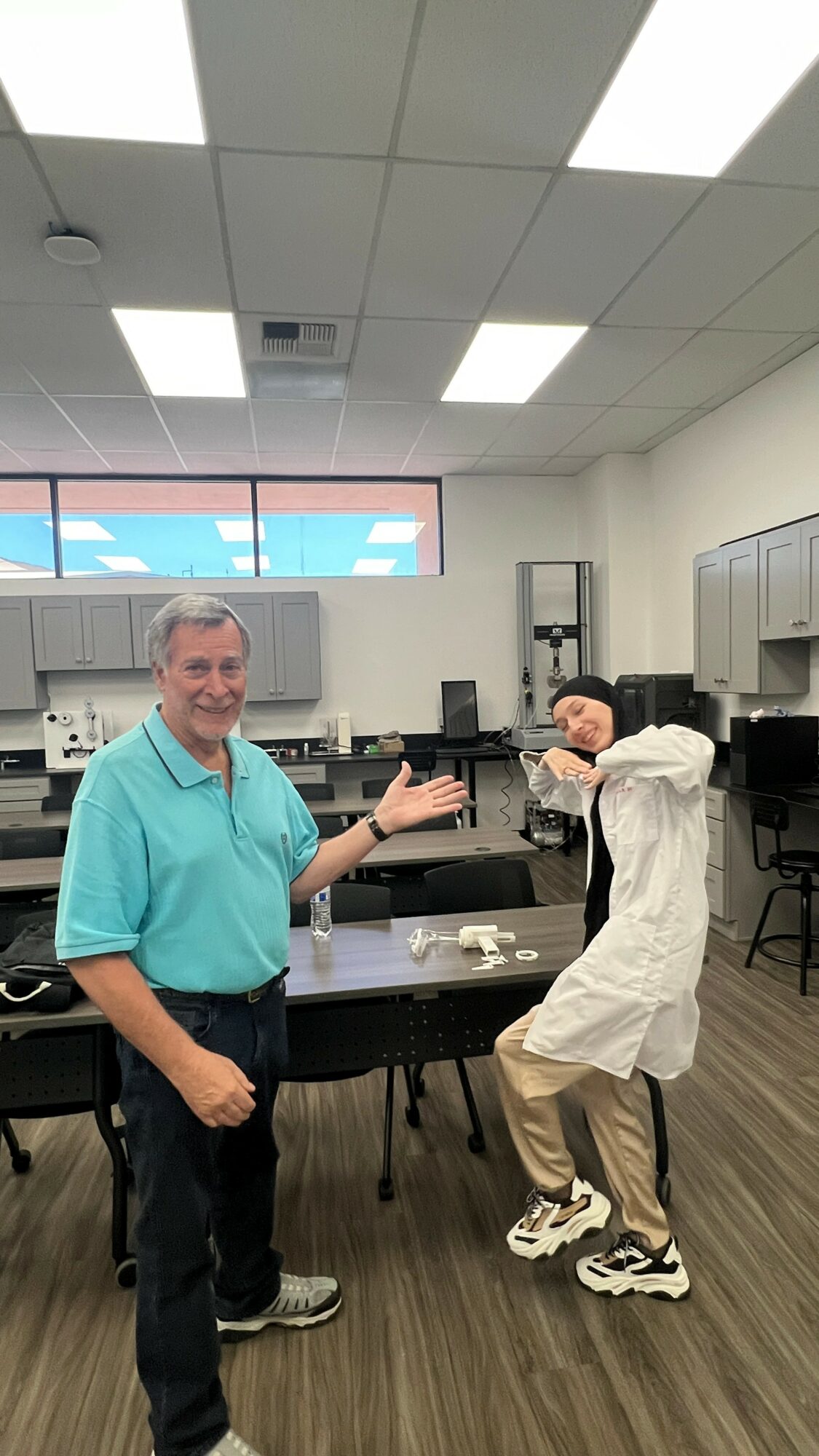

Today we’d like to introduce you to Kamola Mir.
Hi Kamola, so excited to have you on the platform. So before we get into questions about your work-life, maybe you can bring our readers up to speed on your story and how you got to where you are today?
My story began in Uzbekistan, where I started working as a nurse at the Institute of Obstetrics and Gynecology at just 15 years old — the youngest in the clinic. While studying at a medical college to become a nurse, I was invited to join the hospital after a successful practicum. That early experience exposed me to emergency care, compassion, and a hard reality – women’s health was severely underserved by innovation.
At 17, I became active in local Model United Nations conferences supported by the United Nations Office on Drugs and Crime, where I advocated for women’s health accessibility and received awards for my General Assembly proposals. I was still finishing my medical college and working at hospitals, so knowing the policy side of health issues was helpful in my daily approach too.
At 18, I moved to the United States to pursue a Bachelor of Science in Biotechnology. While studying, I worked at a government laboratory on environmental DNA (eDNA) research, where I was introduced to precision technologies such as LiDAR — a field that fascinated me.
I gave birth to my son three years ago, and that experience deeply changed my perspective on a lot of things. During labor, I faced the same issue countless women encounter — the inconsistency of vaginal exams, which can directly affect clinical decisions and the wellbeing of both mother and baby. Afterward, I searched for a device that could accurately measure cervical dilation and was surprised to find that no such tool existed.
Working in biotech at the time, I began exploring how technology could solve this problem. I studied existing prototypes, noticed clinical flaws, and decided to build something myself. I went to Home Depot to see what tools engineers and plumbers use to measure distances, and eventually realized that the same LiDAR technology used in my Roomba vacuum could be adapted for cervical measurements. Within two weeks — from the moment of thinking “I wish my exams were more accurate” — I filed my first provisional patent in February 2024.
That moment marked the birth of Lidavex — a maternal health startup developing LiDAR-based tools to bring accuracy, safety, and data transparency to labor monitoring.
Can you talk to us a bit about the challenges and lessons you’ve learned along the way. Looking back would you say it’s been easy or smooth in retrospect?
There are always challenges in everything we do, and that’s why we do what we do – challenges make the result worth it.
Even before Lidavex, challenges were a constant part of my path. When I became a nurse at fifteen, many doubted me — I was too young, and my background didn’t fit the prestige of the medical college I attended. Later, when I decided to move to the United States to study Biotechnology, I faced another barrier: I couldn’t even afford the plane ticket. Every obstacle forced me to find creative ways forward, and each one quietly prepared me for entrepreneurship long before I knew that’s where I was heading.
Building Lidavex came with an entirely new set of challenges. The traditional medtech journey usually starts with inventing a device, prototyping it in a university lab, obtaining government grants, running clinical tests, and only then approaching private investors. In my case, being a non-resident founder meant I couldn’t access those early NIH, SBIR, or NSF grants — because over 51% of the company must be owned by U.S. citizens to qualify.
That limitation forced us to take the hard road — bootstrapping everything at what one would call “extreme cash efficiency.” We’ve built Lidavex to where it is today with about 95% less funding than most medtech startups at the same stage. It’s been demanding and humbling, but it also earned us a different kind of respect — investors and partners see that we don’t waste resources, we execute, and we adapt.
Another challenge is a stigma around women’s health, both in personal conversations and on social media – you can’t mention vaginal health without being flagged or shadow-banned. People are still far from professional when it comes to anything related to women’s health, a lot of things have to sound hot and trendy to be investable, but maternal health shouldn’t be hot – it’s the most vulnerable yet divine stage of women’s lives. Once I was at an event where one of the investors asked me if my device could be used as a sexual toy for a bigger market, the question I never expected in a professional setting. This proves that no matter what headlines we see in femtech journals, the world is still learning how to react to women’s health and body.
We’ve been impressed with Lidavex Inc, but for folks who might not be as familiar, what can you share with them about what you do and what sets you apart from others?
Lidavex was born from a deeply personal realization — that one of the most important moments in a woman’s life, childbirth, is still measured by touch and estimation. During my own labor, I experienced firsthand how uncertain and subjective those exams can be. That moment stayed with me — and eventually became the spark behind Lidavex.
We’re a maternal health startup using the same type of LiDAR technology found in self-driving cars and rockets — the kind that measures distance with incredible precision using light. We’re adapting it to something far more human: understanding what’s happening during labor.
Our goal is simple but revolutionary — to give women and clinicians clear, data-driven insight into the progress of childbirth. What has always been “how it feels” can now become “what we know.”
What sets Lidavex apart is that we’re not just rethinking one device; we’re reimagining the entire experience of labor monitoring. Our first product, CerviLite™, is a handheld tool designed to measure cervical dilation quickly, safely, and comfortably — all while creating digital data hospitals can trust. But Lidavex goes beyond the device. We’re building a full ecosystem — connecting accurate data from hospitals, research centers, and, one day, even at-home monitoring kits — to bring intelligence and precision to every stage of maternal care. Yes, fathers, you would be able to support your wives and know when to go to the hospital with a click of a button.
What I’m most proud of isn’t just the technology; it’s the mission behind it. We’re showing that women’s health deserves the same level of innovation and respect as every other field of medicine. From LiDAR in rockets to LiDAR in labor rooms — innovation belongs here too.
What was your favorite childhood memory?
My favorite childhood memory is of spending time with my grandfather in his small workshop apartment, surrounded by the smell of oil paint and stacks of old books. He was an artist, and he used to let me paint with him on canvas. His shelves were filled with books on anatomy, physiology, beauty, and art – but he wouldn’t let me read them. He’d smile and say, “If a girl gets too smart, no man will want her when she grows up.”
To me, that sounded less like advice and more like a challenge. So every time he left the room, I’d sneak a book off the shelf and read. Some of them were about Leonardo da Vinci – such as his book called Light and Shadow — and I was fascinated by how one person could merge science, art, and invention so effortlessly. I remember thinking, I want to be like that — a woman who combines both artistic and scientific skills to change the world for the better.
Looking back, I’m forever grateful to my grandfather. In his own way, he taught me curiosity, resilience, and quiet rebellion — to question what I’m told, to keep learning, and to stand up for myself. He sparked the part of me that became an inventor, a scientist, and a founder — and the woman who will always advocate for her rights, even when she’s the only woman in the room.
Contact Info:
- Website: https://www.lidavex.com/
- LinkedIn: https://www.linkedin.com/company/lidavex/




















